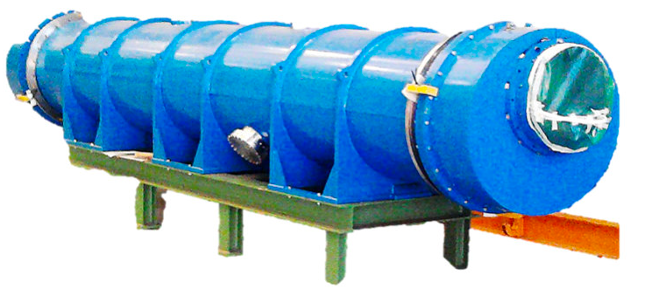ST2 - New Concepts and Prototypes for Maximizing the Performance of Hadron and Electron Accelerators
MT-ARD ST2 aims for leadership in strategic technologies for hadron and electron accelerators. It involves new concepts for increased beam intensities, the generation and conservation of high-quality beams, and performance upgrades of existing user facilities.
Beam intensity frontier: For the generation of pulsed and continuous wave (CW) high-intensity heavy-ion beams, high-repetition-rate heavy-ion plasma sources and CW, low-beta front-end need to be investigated. New stripping technologies will lead to higher stripping efficiencies for heavy ions. To further increase the intensity of beams in driver or injector synchrotrons to values above their presently achieved limits, we will tackle the main intensity limitation – the incoherent space charge limit – in two ways: by operation with low-charge-state heavy ions and by compensation of the transverse space charge detuning by electron lenses. Beam quality frontier: A major goal within this area is the development and installation of the world’s first laser cooling facility as part of a user synchrotron. A new quality for electron beams in storage rings, targeting the longitudinal phase space, will be studied with the step-wise implementation of the BESSY VSR mode. This new operation regime uses multi-frequency, multi-cell CW superconducting (SC) cavities to generate high-current picosecond or low-current sub-picosecond bunches in a beating mode. With the commissioning of bERLinPro, new standards for the intensity and quality of CW electron accelerators will be set. With regard to beam precision frontier, our foremost goal is to significantly improve the performance and efficiency of operation of existing user facilities in terms of setting and controls of the machines. The level of beam control precision so far only reached in electron machines will be adapted to hadron synchrotrons and storage rings. Corresponding integrated automatic orbit control, tune and chromaticity correction, and feedback systems will be developed and implemented. It is also planned to explore new operation schemes, such as the generation of transverse resonance island buckets (TRIBs) in BESSY II. Technology frontier: The high-field superconducting magnet frontiers with the goal to demonstrate the feasibility of 16 T dipole fields will be addressed. The worldwide unique and successful developments towards fast-ramped superconducting magnets, with ramp rates far above the values achieved so far, are continued. These activities are accompanied by the development of superconducting undulators for future diffraction-limited light sources as well as for use in free-electron lasers (FELs).

Point of contact
Peter Spiller (GSI) und Anke-Susanne Müller (KIT)